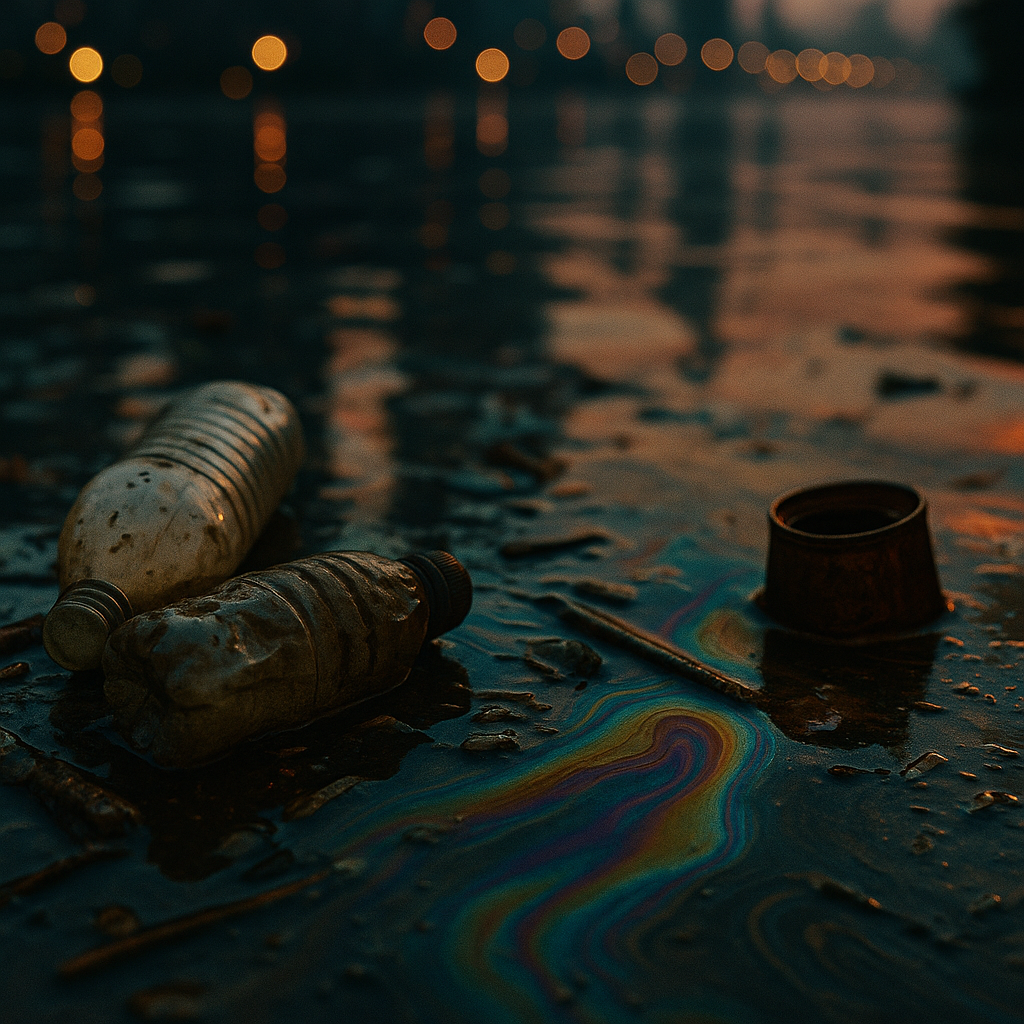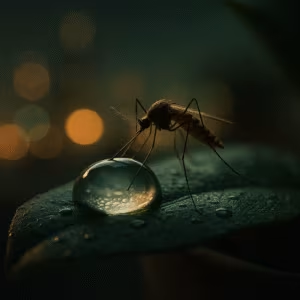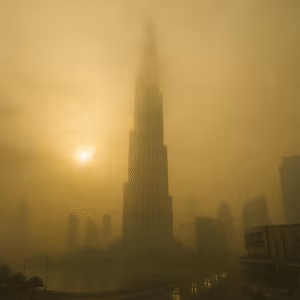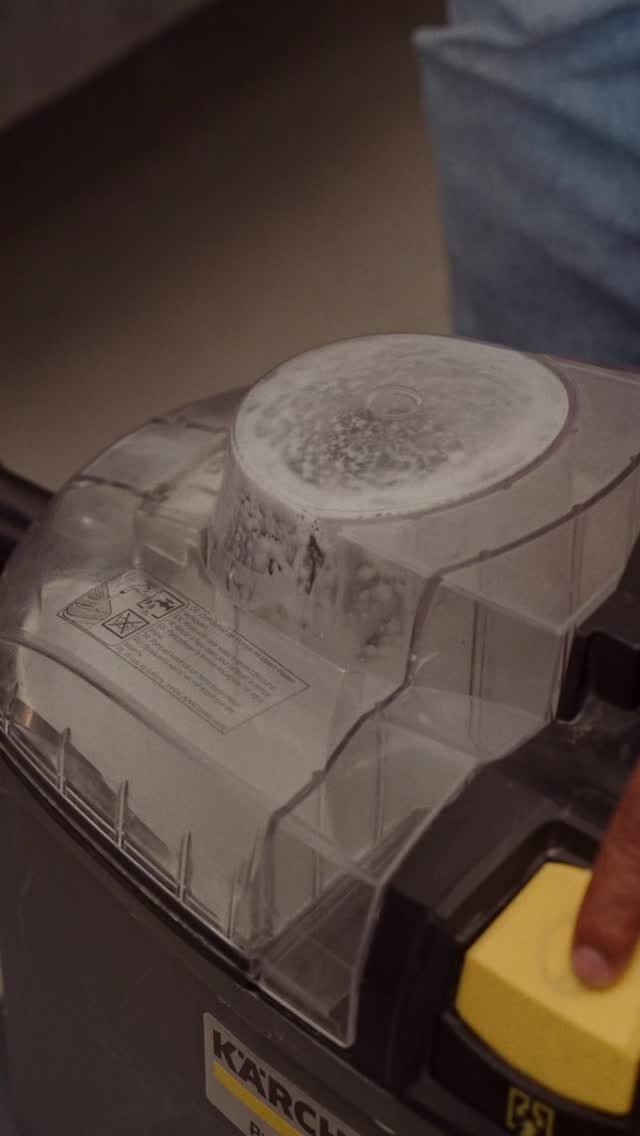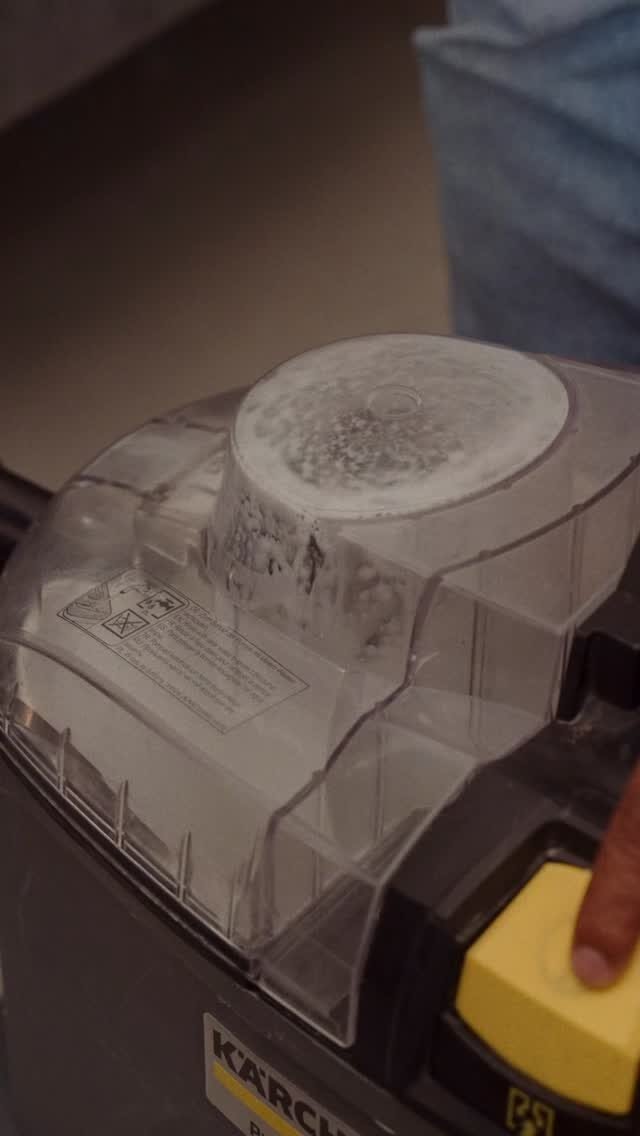Water is one of the most essential resources on Earth, yet it is also one of the most threatened. In many regions—including the UAE—clean water is a precious and limited commodity. Understanding the causes of contamination of water is vital to safeguarding public health and environmental sustainability. Contaminated water doesn’t just affect drinking supplies; it harms agriculture, aquatic ecosystems, and even the air we breathe. In this article, we’ll explore the main causes of water contamination, both natural and human-made, explain how they occur, and discuss their far-reaching effects. By the end, you’ll understand how everyday actions contribute to water pollution and what can be done to prevent it.
Table of Contents
ToggleWhat Is Water Contamination?
Water contamination occurs when harmful substances—such as chemicals, microorganisms, or waste—enter water bodies like rivers, lakes, and underground aquifers. These pollutants alter the chemical, physical, or biological composition of water, making it unsafe for consumption and unsuitable for natural life. Contaminants can come from direct discharge (like factory waste) or indirect sources (like surface runoff after rainfall). The problem is widespread and persistent because pollutants often spread beyond their source, affecting communities far downstream. To understand the scope, we need to identify the primary causes of contamination of water.
Major Causes of Contamination of Water
There are numerous causes of water contamination, but most can be grouped into specific categories. Each cause involves distinct pollutants, mechanisms, and environmental consequences. Below is a detailed look at each major cause and how it contributes to global water pollution.
1. Industrial Waste
Factories and manufacturing plants are among the largest contributors to water contamination. Many industries discharge untreated or partially treated wastewater into rivers and oceans. These effluents often contain heavy metals such as mercury, lead, arsenic, and cadmium, along with harmful chemicals and acids. Such substances accumulate in aquatic organisms and enter the human food chain through seafood consumption. Textile, chemical, and oil industries are particularly notorious for releasing toxic dyes, solvents, and hydrocarbons into water systems. Even with modern regulations, illegal dumping and accidental spills remain common causes of contamination of water in industrial areas.
2. Agricultural Runoff
Agriculture is another major source of water contamination, especially through the overuse of fertilizers and pesticides. When it rains, these chemicals are washed off the fields and flow into nearby streams and groundwater. Fertilizers rich in nitrogen and phosphorus cause a process called eutrophication—an overgrowth of algae that depletes oxygen levels in the water. This leads to the death of fish and other aquatic life. Pesticides, on the other hand, are toxic to insects, animals, and even humans when present in drinking water. In regions with heavy farming activity, agricultural runoff is one of the most serious causes of contamination of water.
3. Domestic Sewage and Wastewater
Domestic sewage includes water discharged from households, containing soaps, detergents, food waste, and human excreta. In many urban areas, especially those with old infrastructure, untreated sewage is directly released into rivers or lakes. This introduces pathogens like E. coli, viruses, and parasites that cause diseases such as cholera, dysentery, and typhoid. Even treated wastewater may still contain pharmaceuticals and microplastics that slip through filtration systems. In countries with large populations, household sewage is one of the fastest-growing causes of contamination of water, especially when sanitation facilities are inadequate.
4. Oil Spills and Petroleum Leakage
Oil spills, whether from tankers, offshore drilling rigs, or pipelines, have devastating effects on marine and coastal ecosystems. A single spill can cover miles of ocean surface, blocking sunlight and suffocating marine life. Oil also coats the feathers of birds and the gills of fish, leading to mass mortality. Even smaller leaks from vehicles and machinery that wash into storm drains contribute to long-term contamination. In cities like Dubai and Abu Dhabi, where transportation and energy industries are vital, strict monitoring helps, but the risk of accidental leaks remains a concern. Petroleum products are among the most persistent pollutants and one of the hardest to clean once they enter water systems.
5. Mining Activities
Mining exposes rocks that contain heavy metals and sulfide minerals. When these come into contact with water and air, they form acid mine drainage—a highly acidic runoff loaded with toxic metals like copper, zinc, and iron. This polluted water can flow into nearby streams and groundwater, destroying aquatic ecosystems and rendering water unfit for human use. Gold, coal, and copper mines are among the worst offenders. Even after mining operations end, the abandoned pits and waste piles continue leaching contaminants for decades, making mining a lasting cause of contamination of water.
6. Plastic and Microplastic Pollution
Plastic waste has become a global crisis. Every year, millions of tons of plastic enter oceans and waterways. Over time, plastic breaks down into microplastics—tiny particles that persist for centuries. These microplastics are ingested by fish and plankton, entering the food chain and eventually reaching humans. They also release chemicals like bisphenol A (BPA), which disrupt hormones and pose long-term health risks. Single-use plastics, packaging, and improperly managed waste disposal are leading contributors. In coastal cities, plastic pollution is now recognized as one of the top causes of contamination of water worldwide.
7. Thermal Pollution
Thermal pollution occurs when factories or power plants use water as a coolant and then discharge it back into natural bodies at a higher temperature. This sudden increase in temperature reduces oxygen levels and alters the habitat of aquatic organisms. Fish and other species sensitive to temperature changes may die off, disrupting the ecological balance. While this type of pollution may not introduce visible toxins, it’s still one of the indirect causes of contamination of water because it changes water quality and biological health.
8. Marine Dumping
Ships and ocean-based industries sometimes dump garbage, chemicals, and sewage directly into the sea. Despite international laws prohibiting this practice, enforcement is difficult. Marine dumping introduces a mix of contaminants—from metals and plastics to radioactive materials. Once dumped, these pollutants travel with ocean currents, affecting distant coastal regions. The result is a widespread, slow-moving contamination that harms coral reefs, marine biodiversity, and fishing communities.
9. Radioactive Waste
Radioactive waste from nuclear power plants, research facilities, and hospitals poses another severe threat. If not stored or disposed of properly, radioactive isotopes can seep into groundwater or surface water. Even small leaks contaminate vast areas for decades because radiation decays slowly. Exposure to radioactive-contaminated water can cause genetic mutations, cancers, and organ damage. Although rare, accidents like Chernobyl and Fukushima demonstrate the long-term effects of radiation on ecosystems and water systems.
10. Urban Runoff and Stormwater
In urban areas, rainfall washes pollutants from roads, rooftops, and parking lots into drains that often lead directly to rivers. This runoff carries oil residues, heavy metals from vehicle exhaust, and litter from streets. Since most cities are covered with impermeable surfaces, very little water is absorbed into the ground; instead, it collects contaminants and carries them into waterways. This is one of the main causes of contamination of water in metropolitan environments and often overlooked because it happens every time it rains.
Effects of Water Contamination
The consequences of these causes of contamination of water are far-reaching. Contaminated water affects not just aquatic life but also humans who rely on it for drinking, cooking, and irrigation. Polluted rivers lead to reduced crop yields, while toxic fish endanger consumers. Long-term exposure to polluted water is linked to diseases such as cancer, kidney failure, and neurological disorders. On an environmental scale, water contamination damages coral reefs, disrupts food chains, and accelerates biodiversity loss.
How to Prevent Water Contamination
Preventing water contamination requires effort from governments, industries, and individuals alike. Strict laws against dumping, regular water testing, and investment in modern sewage treatment facilities are critical. Industries should implement closed-loop systems to recycle wastewater. Farmers can adopt eco-friendly methods such as drip irrigation and organic pest control to reduce chemical runoff. At home, people can help by minimizing the use of harmful cleaning chemicals, disposing of waste properly, and avoiding pouring oil or paint down the drain. Public awareness is key—every drop of clean water saved today helps ensure future sustainability.
Conclusion
The causes of contamination of water are numerous, complex, and interconnected. From industrial waste to everyday household habits, human activity is the driving force behind most pollution. Understanding these causes is the first step toward protecting one of our most vital resources. Cleaner practices, stricter regulation, and personal responsibility all play a part in solving the problem. At Bio-On Cleaning Services, we emphasize environmental hygiene and sustainable cleaning to reduce pollution impact at every level. Small changes in how we handle waste, chemicals, and water can create big differences in the long run. Protecting clean water means protecting life itself—and that responsibility belongs to all of us.








